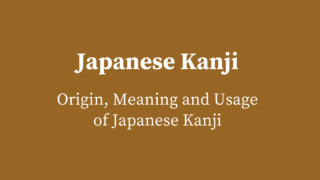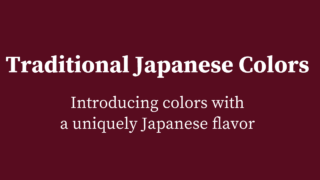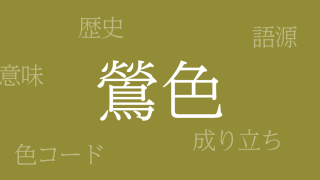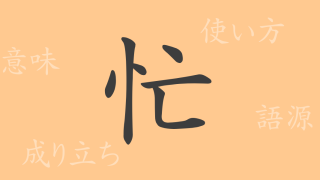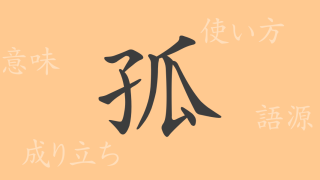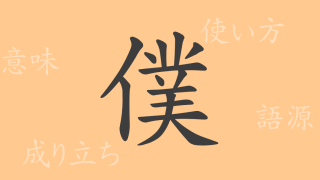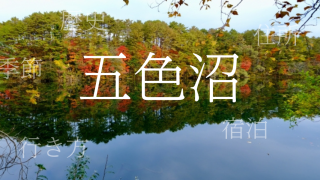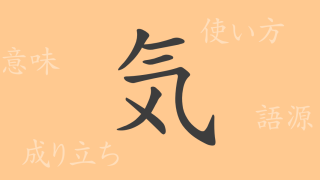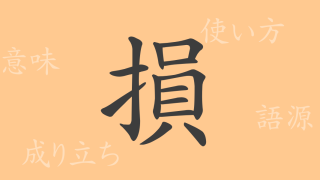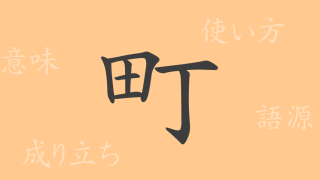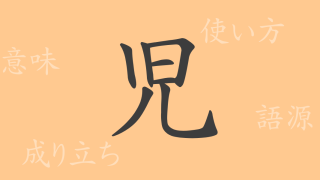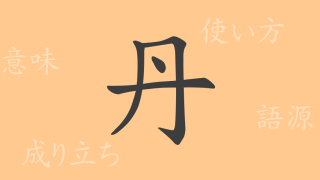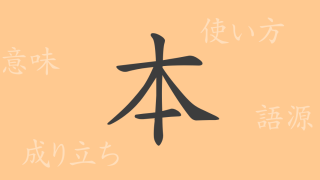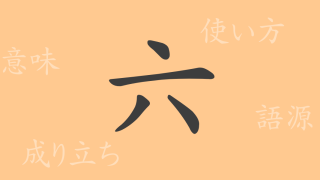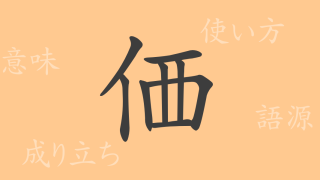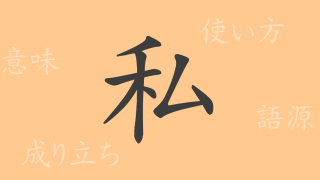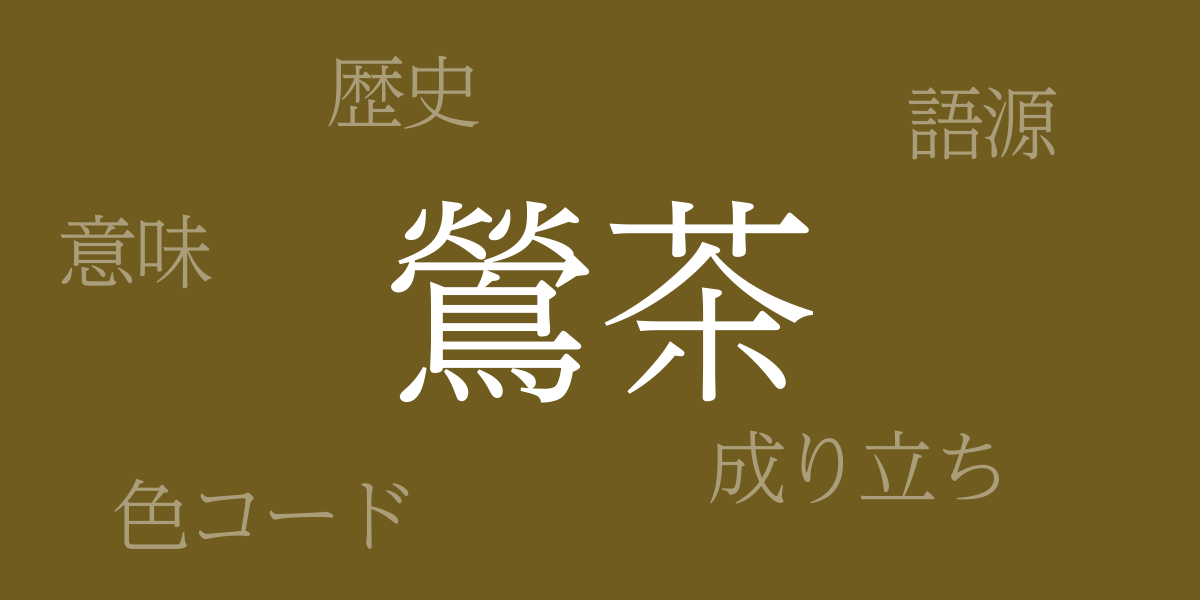Color is a mirror reflecting culture, and the Japanese traditional color ‘Uguisu-cha (鶯茶(うぐいすちゃ))’ breathes life into every corner of our existence with its rich history. This article explores the allure of Uguisu-cha, delving into the meanings and background of its hue and its use in modern times.
About Uguisu-cha (鶯茶(うぐいすちゃ))
Uguisu-cha (鶯茶(うぐいすちゃ)), literally meaning ‘bush warbler tea,’ is a traditional Japanese color resembling the warm green of a bush warbler’s plumage. This color evokes the richness of nature and offers a calming hue that has soothed the Japanese spirit. It is beloved across various fields including clothing, daily goods, and architecture for its quintessential Japanese aesthetic.
History of Uguisu-cha
The history of Uguisu-cha dates back to the Heian period, where it was already used in garments and crafts. During the Edo period, as color expression flourished, Uguisu-cha became widely popular. The name reflects the Japanese appreciation for natural hues, embodying the sensibility that cherishes colors derived from nature.
Color Code of Uguisu-cha
When using Uguisu-cha in digital design or web production, the following color codes provide an accurate representation:
- HEX: #715C1F
- RGB: R:113 G:92 B:31
- CMYK: C:60 M:62 Y:100 K:19
Western Name for Uguisu-cha
The Western name for Uguisu-cha is ‘Olive Drab,’ which denotes a muted green similar to that of an olive. This shade is also well-known as a military color, beloved for its subdued tones which appeal to many around the world.
Summary on Uguisu-cha
Uguisu-cha, born from a historical backdrop and a deep reverence for nature, is a traditional Japanese color that evokes the essence of Japan. Its calming hues continue to be invaluable in fashion, interior design, and art, soothing our spirits and conveying the beauty of Japanese tradition to the present day.

